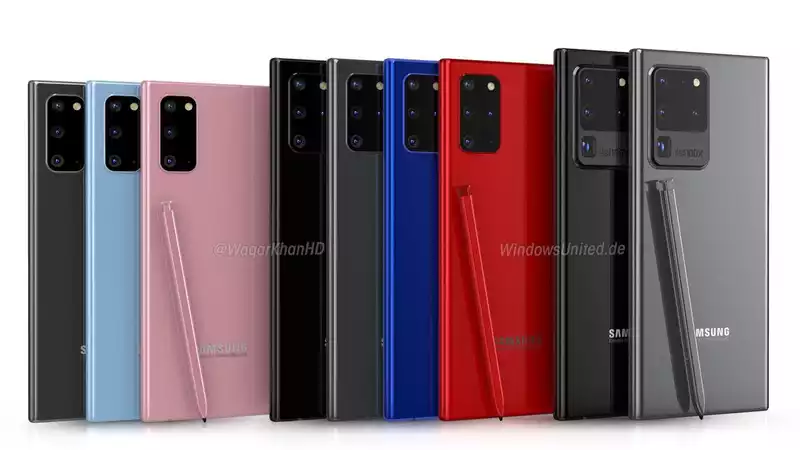The Samsung Galaxy S20 series will soon hit store shelves, but Samsung is a step ahead of the competition, already preparing the chipset that will be used in the next generation of phones. Whether the Samsung Galaxy Note 20 will feature this new technology or is reserved for the inevitable Samsung Galaxy S21, competitors like Apple and Huawei will face serious competition.
In a blog post on Samsung's Newsroom site, Samsung announced its 7-nanometer (nm) and 6-nm mobile processor production lines. According to the South Korean cell phone maker, the complex chipset patterns need to be larger in order to give cell phones higher processing power. The company's new technology, a process known as extreme ultraviolet (EUV) manufacturing, allows these complex patterns to be reduced to smaller sizes.
This is a move to provide "the best choice for next-generation applications such as 5G, AI, and automotive. Automotive is an interesting term. Just as Apple's new CarKey software is in the limelight, it tells us that Samsung is also looking at integrating its phones with automobiles in a big way.
Apple's feature allows users to open and start a car equipped with an NFC sensor using a virtual key stored in the Apple Wallet app. Samsung may be looking to build a rival with this advanced new chipset.
Many of the mobile CPUs in current flagship models, such as the Snapdragon 865 and Apple's latest A13 and A12 processors, use 7nm architecture. If Samsung can crack 6nm processor technology in time for its next big announcement (which will be the Samsung Galaxy Note 20), it could produce the same tremendous power in an even smaller architecture, making the flagship even thinner, less power, while maintaining the same processing power as their predecessors, and they could be smaller.
All of this sounds pretty impressive, but Samsung has even more great things in store for the future. In the same post, Samsung states that it will "continue to use finer circuitry up to the 3nm process node. So we can expect to see mobile CPUs over the next few years delivering more power in even smaller sizes, or in naturally smaller devices such as wearables and smartwatches, all the power of a smartphone.
We have high hopes for the Snapdragon 865 in the Samsung Galaxy S20, but we cannot wait to see what the future holds for the Samsung Galaxy Note 20 and other Samsung devices in the next mass production. iPhone 12, Huawei P40 and other future flagships that will give the specs a shot in the arm.
Like it?










Comments